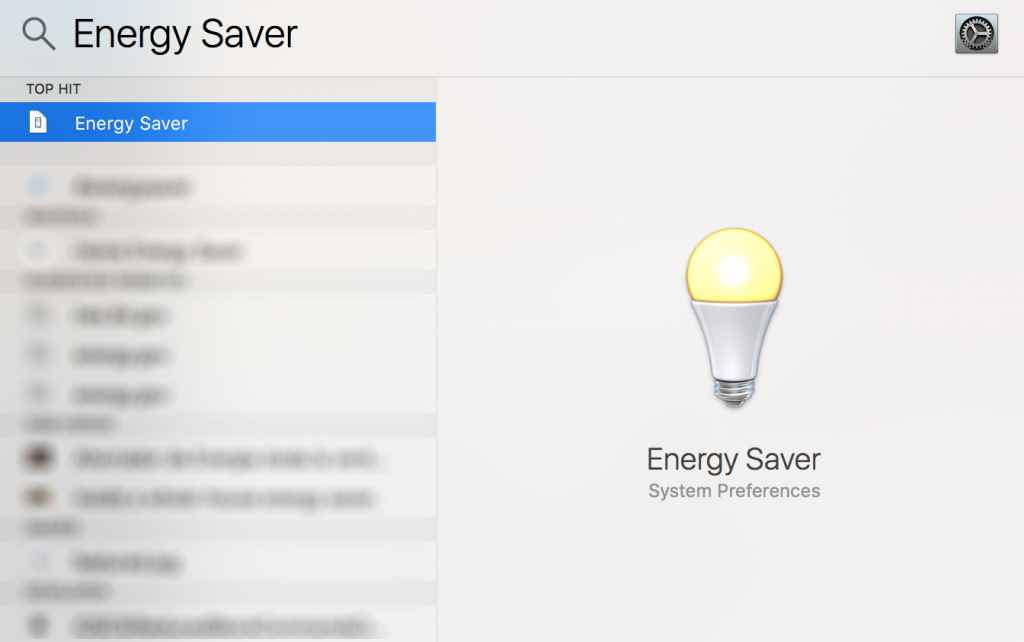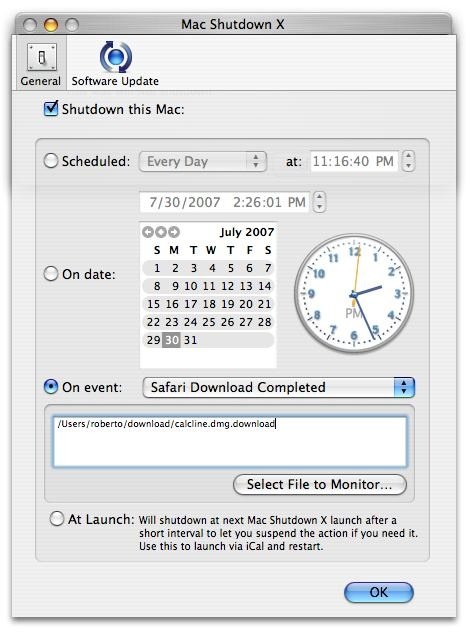
- #MAC SHUTDOWN STALL BUT DID NOT TRY TO SHUT DOWN MAC OS#
- #MAC SHUTDOWN STALL BUT DID NOT TRY TO SHUT DOWN SOFTWARE#
- #MAC SHUTDOWN STALL BUT DID NOT TRY TO SHUT DOWN CODE#
- #MAC SHUTDOWN STALL BUT DID NOT TRY TO SHUT DOWN MAC#
Interpreting panic files or logs isn’t easy, although sometimes they give a good clue as to what went wrong. If you can’t find one, it might still be held in NVRAM, in which case you can view it using the Terminal command

Panic files should be named something like Kernel_.panic. This might have changed, though, in Catalina: Console there no longer lists log folders as such, but lists them by type. These are normally written to /Library/Logs/DiagnosticReports, from where you can browse them using the Console app in /Applications/Utilities. Initially, because of the nature of the panic, this is saved to the NVRAM, but one of the jobs carried out during the restart should be to write that out to a.
#MAC SHUTDOWN STALL BUT DID NOT TRY TO SHUT DOWN MAC#
When your Mac has restarted after a kernel panic, it normally saves a ‘backtrace’ of the event. Instead of forcing a restart, some older models may simply shut down, leaving you to start them up again in the usual way.


Chances are that your Mac will freeze for a while, restart, then hopefully re-open all the apps and windows just as they were when the panic occurred, and you might be none the wiser of the event. They’re not kernel panics any more, but unexpected restarts, which makes them seem as innocuous as unexpected quits, perhaps they’re not – no Mac should ever experience a single panic.įrom El Capitan to Catalina, you’re unlikely to see any of the informative dialogs which Apple shows in that article. If your luck has really run out and there are five more kernel panics within three minutes of the first, a prohibitory sign should be shown on the display for thirty seconds, and the Mac shuts down and doesn’t attempt to restart again: that’s a ‘recurring kernel panic’, or more like a whole monthful of Friday 13ths.Īpple’s account of these issues is now quite different. Since 10.8, as documented in Wikipedia’s excellent potted history of kernel panics in OS X, Macs have behaved differently: they automagically restart themselves, sometimes displaying a kernel panic dialog when next starting up, for “a few seconds”. After a few seconds, you can press that button more briefly to start it up again. If you ever see this, the only way ahead is to press and hold the power button of your Mac, which will force it to shut down. A traditional kernel panic prior to OS X 10.8. Prior to OS X 10.8, they were usually marked by the display of a special panic screen, shown below. Over various releases of OS X and macOS, Apple has also changed the way in which kernel panics are handled.
#MAC SHUTDOWN STALL BUT DID NOT TRY TO SHUT DOWN SOFTWARE#
When a regular user app crashes or ‘unexpectedly quits’, this should never result in a kernel panic, although if the cause is low-enough down in the software it can on occasion.
#MAC SHUTDOWN STALL BUT DID NOT TRY TO SHUT DOWN CODE#

#MAC SHUTDOWN STALL BUT DID NOT TRY TO SHUT DOWN MAC OS#
Panics used to be quite common in early versions of Mac OS X, and had become very infrequent by Yosemite (10.10), unless your Mac had a hardware problem. In a kernel panic, something happens in your Mac which is so injurious to the kernel code running at its heart, that the kernel has to be halted: it then issues a panic.


 0 kommentar(er)
0 kommentar(er)
